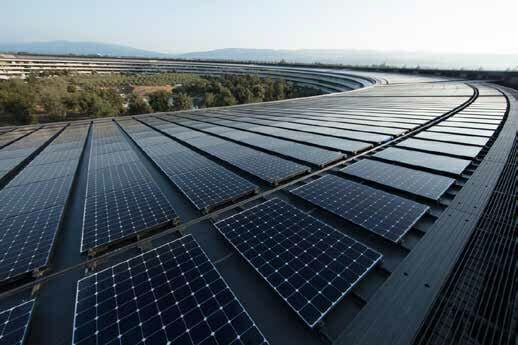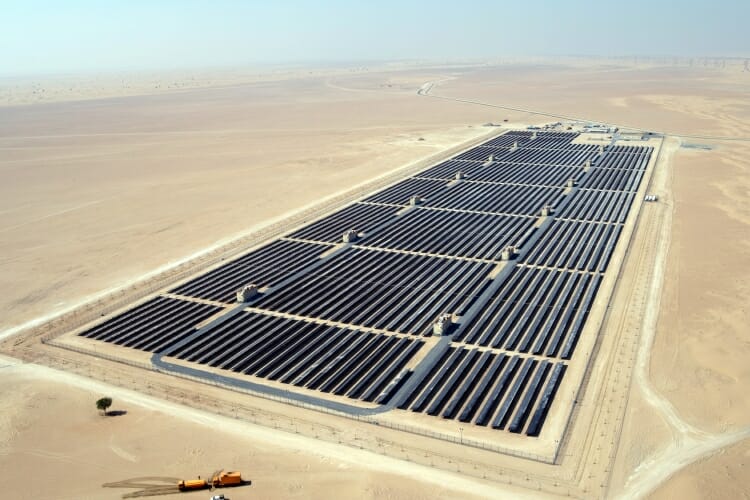Substantial flows of investment into renewables has brought about significant reductions in the cost of delivered energy, while simultaneously increasing the penetration of renewables in most markets. These developments herald the rise of Renewables 2.0, a...












